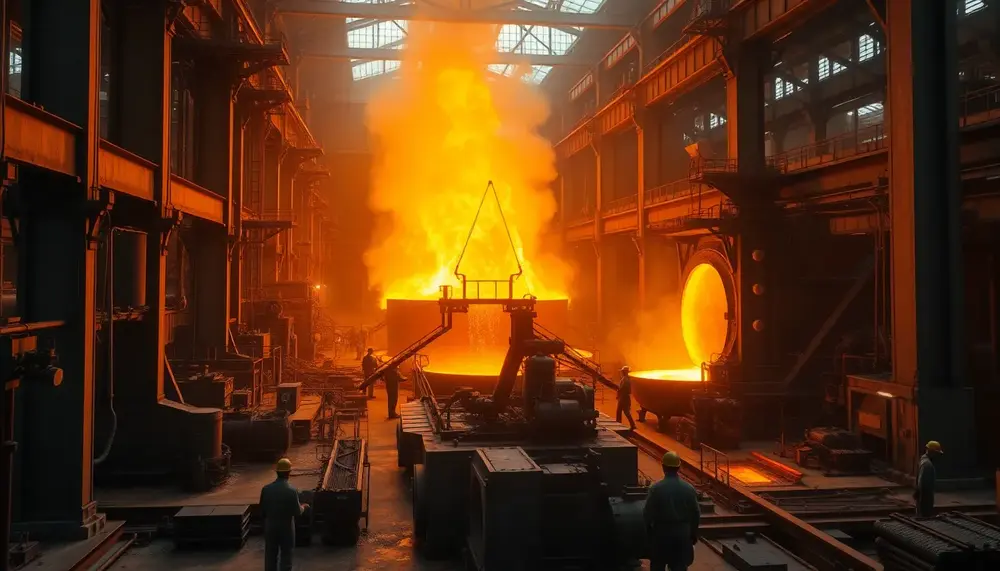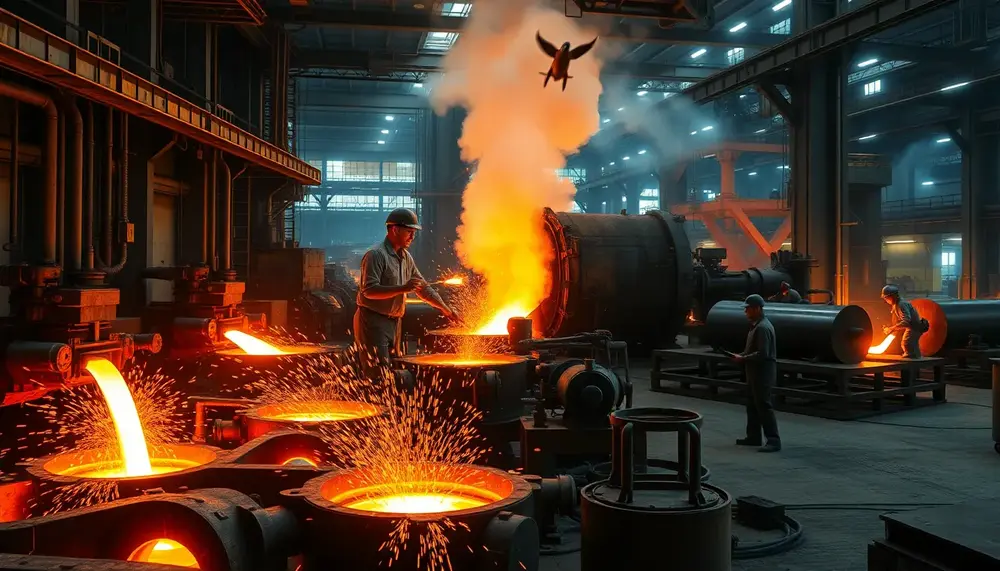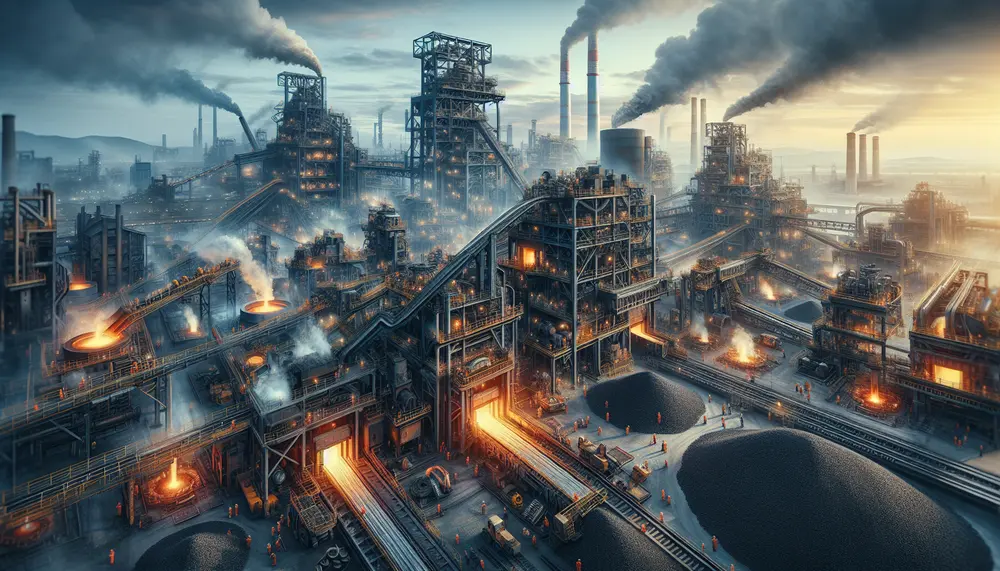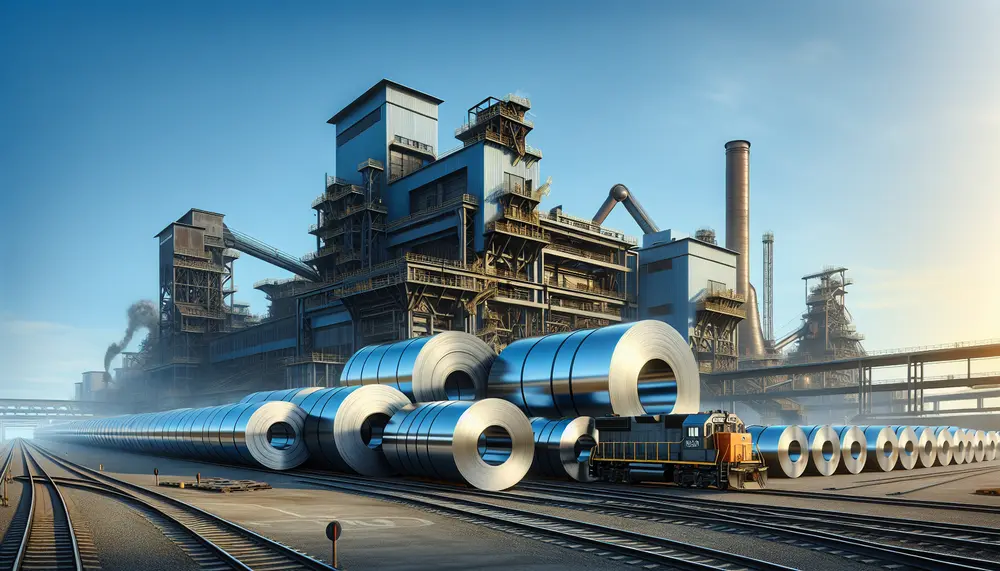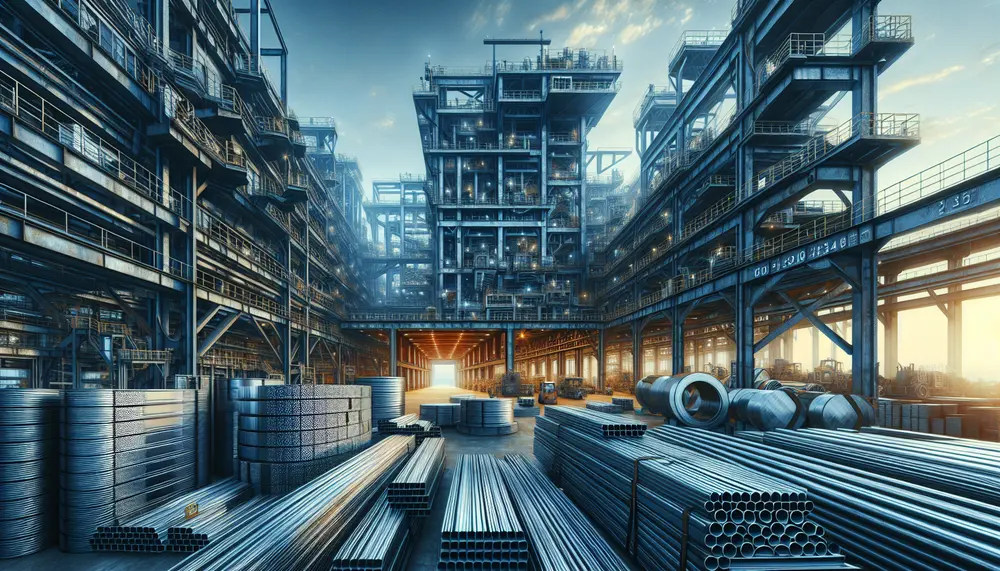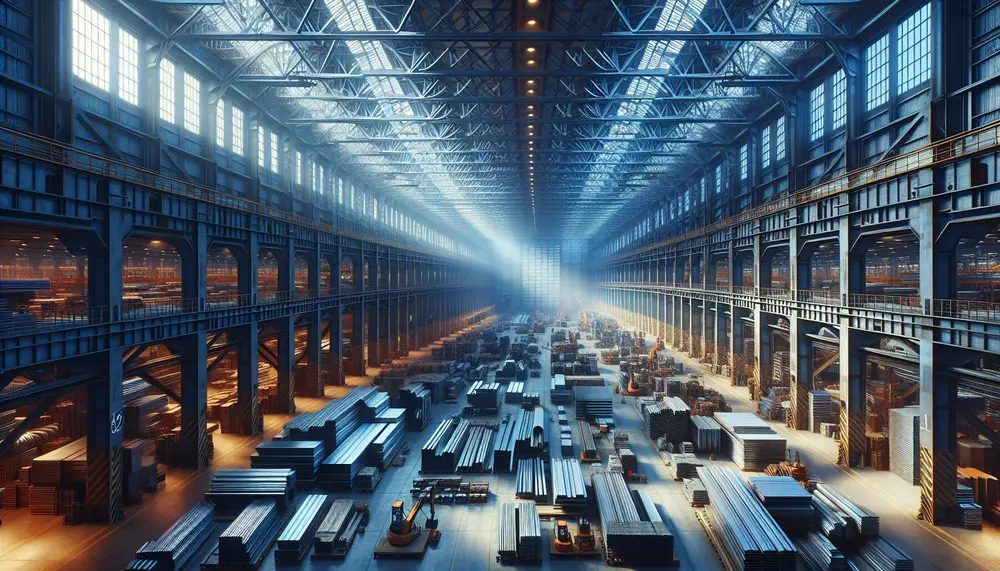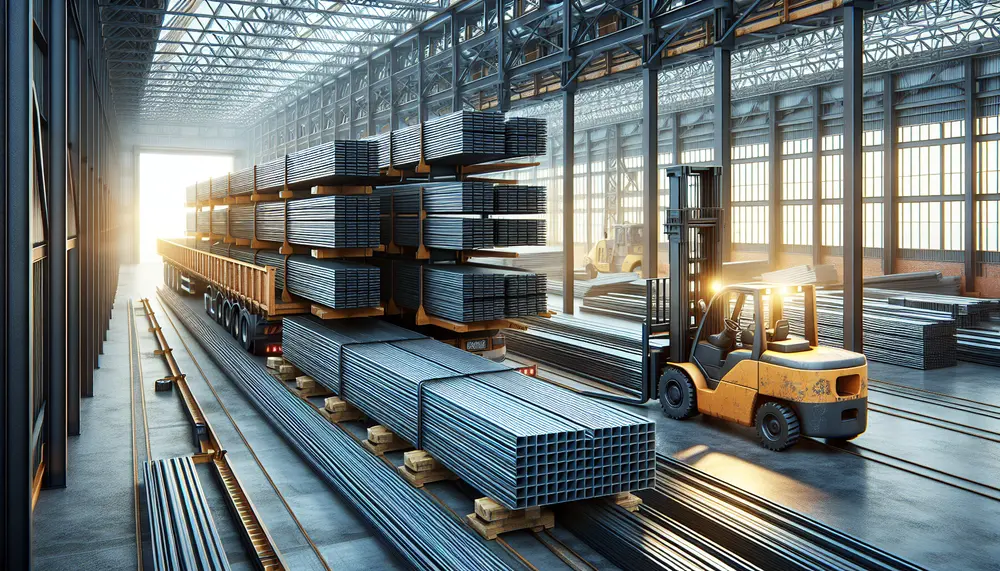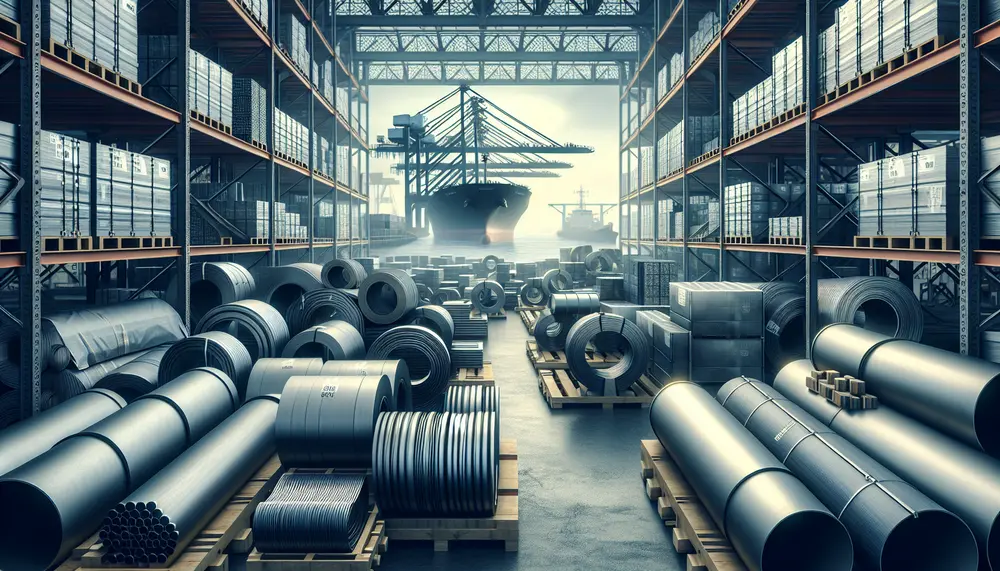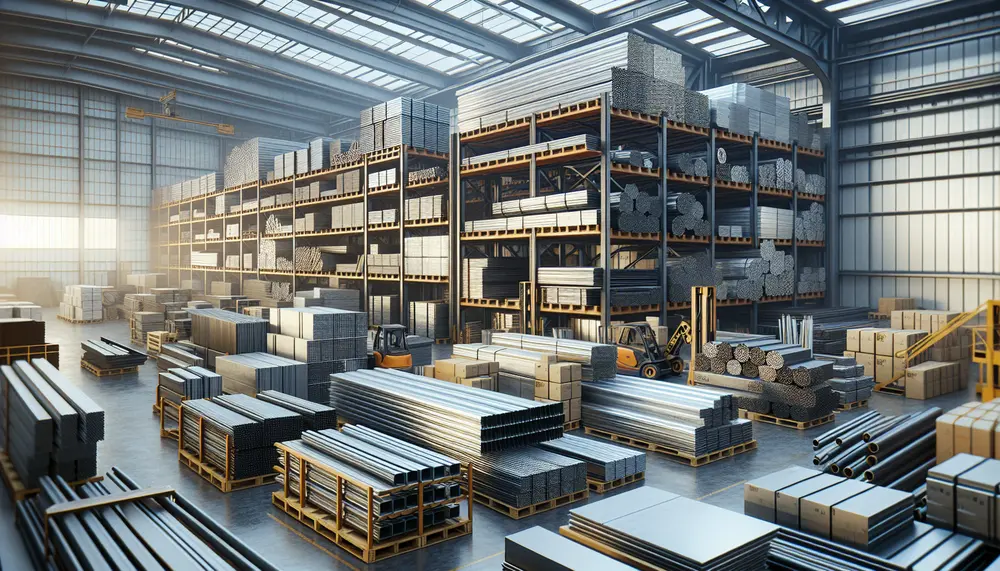Posts on the Topic Demand
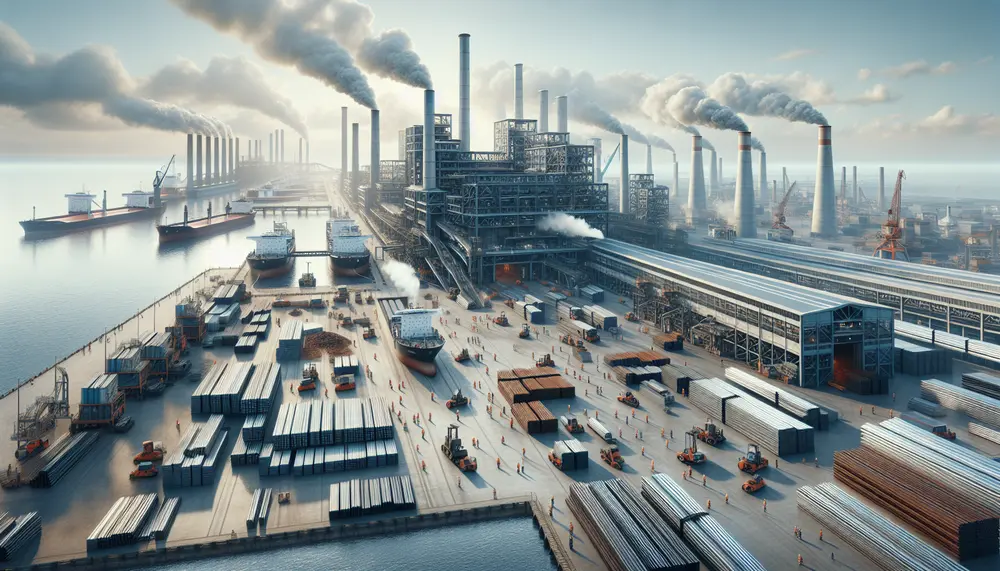
Understanding global steelmaking capacity is essential for industry stakeholders as it influences market dynamics, economic stability, and trade relations. Factors such as technological advancements, economic conditions, government policies, raw material availability, market demand, and global trade dynamics impact this capacity;...
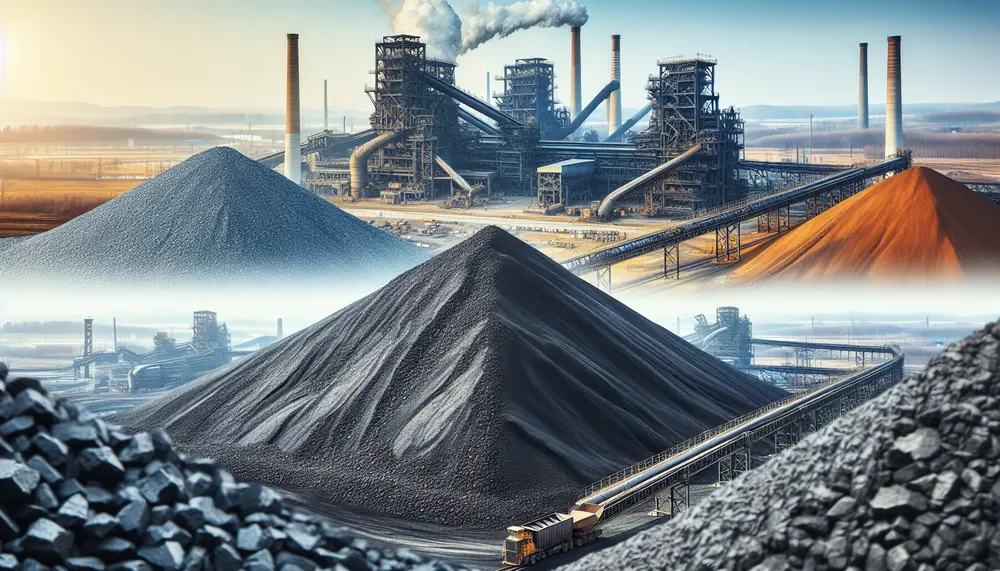
The article explains the differences between steelmaking coal and thermal coal, highlighting their distinct uses in industry—steel production for steelmaking coal and electricity generation for thermal coal. It also discusses the importance of understanding these distinctions for businesses involved in...
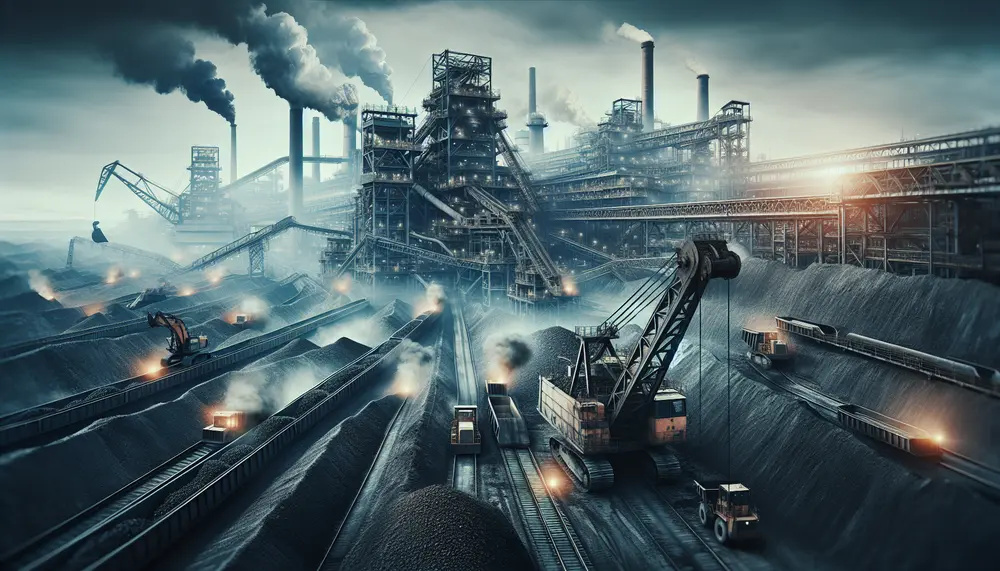
The article explains the importance of understanding steelmaking coal prices, influenced by factors like supply and demand, environmental regulations, global trade, technological developments, alternative energy sources, and market speculation. It highlights how these elements impact price fluctuations and provides insights...
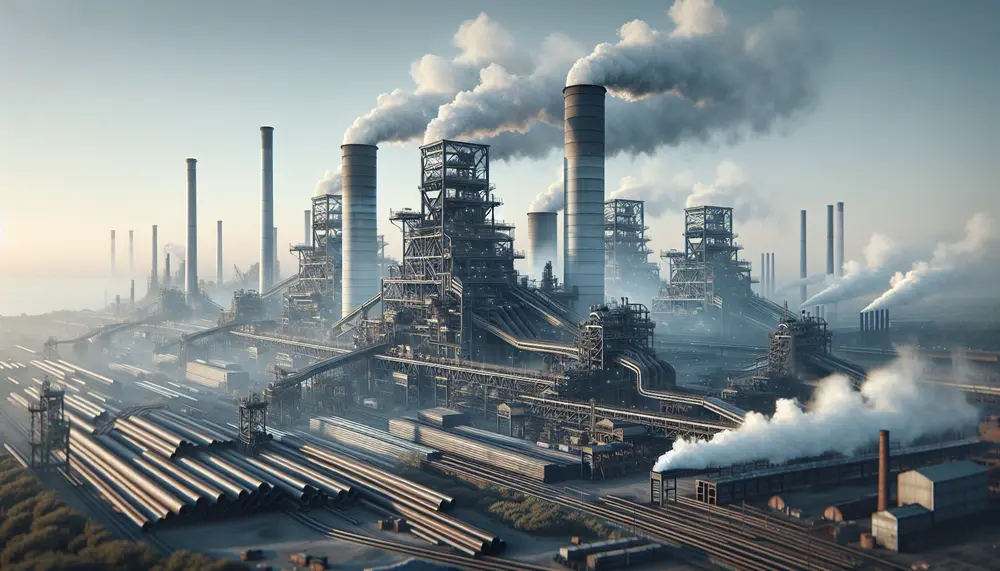
Steel production in France has grown due to technological advancements, increased demand, and strategic investments despite challenges like environmental regulations and market volatility. The industry's history shows a pattern of expansion post-WWII, peak production in the 1970s, followed by decline...
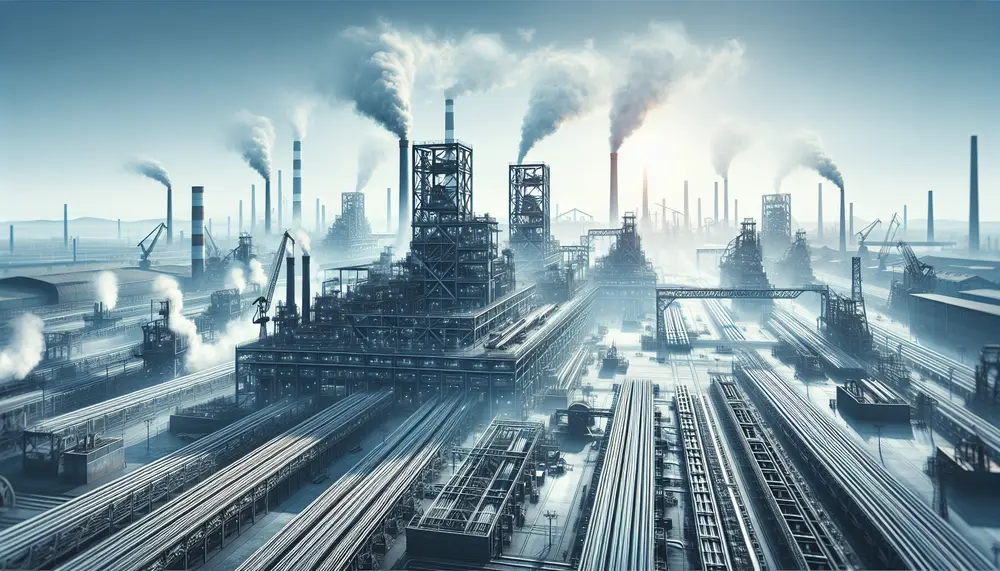
Steel production in the United States varies by state, reflecting unique resources, workforce skills, and industrial strategies; key states like Indiana, Pennsylvania, Texas, and Ohio lead due to factors such as natural resource availability and technological innovation. Mini-mills have revolutionized...
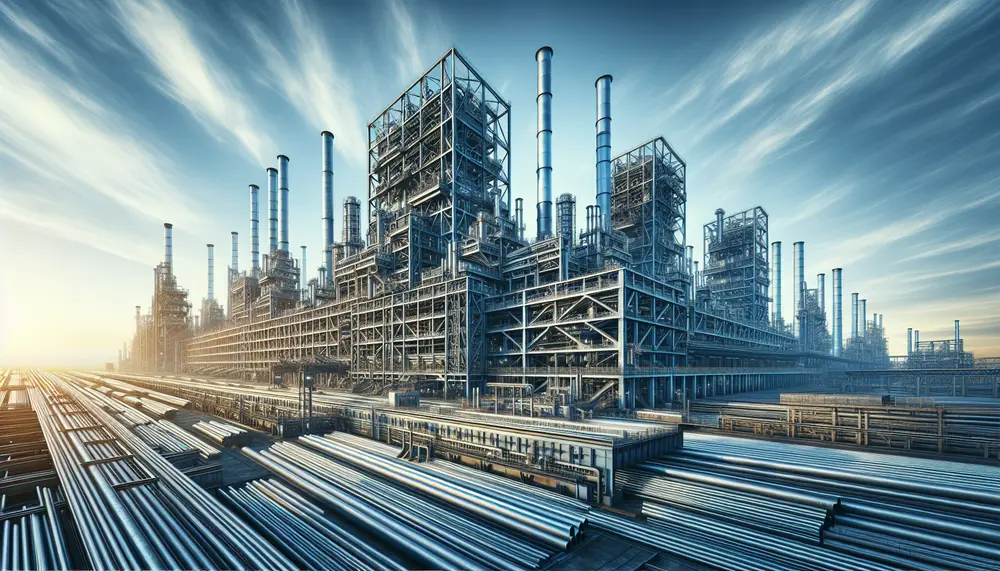
Steel production statistics are essential for assessing the global economy and steel industry health, reflecting industrial activity and economic trends through raw output and capacity utilization rates. These figures are influenced by technological advancements, market demands, trade policies, environmental considerations,...
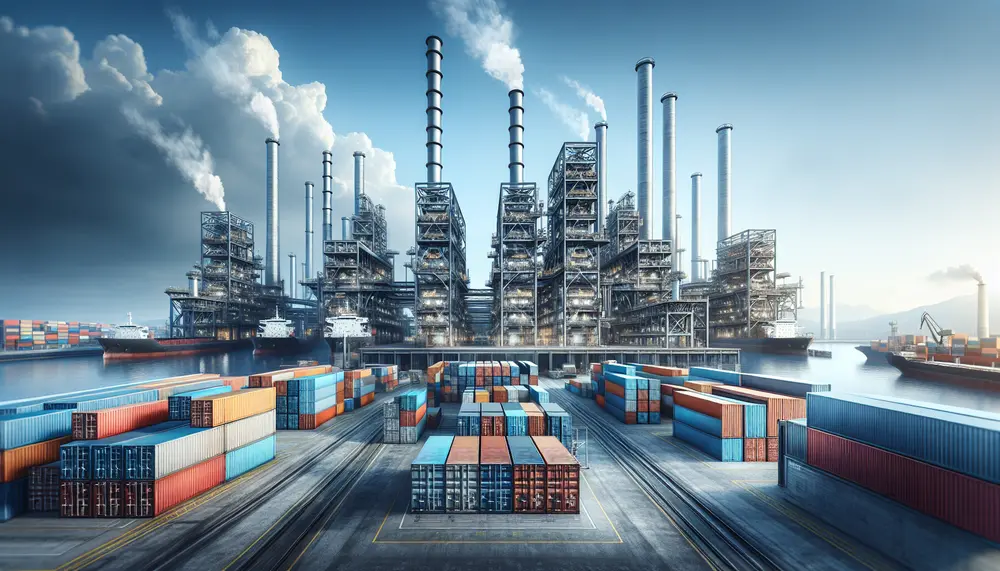
Steel production volume trends are crucial for understanding the global economy, influenced by supply and demand dynamics, macroeconomic factors, technological advancements, and environmental regulations. The global steel industry is diverse with China as a leading producer; regional variations in production...
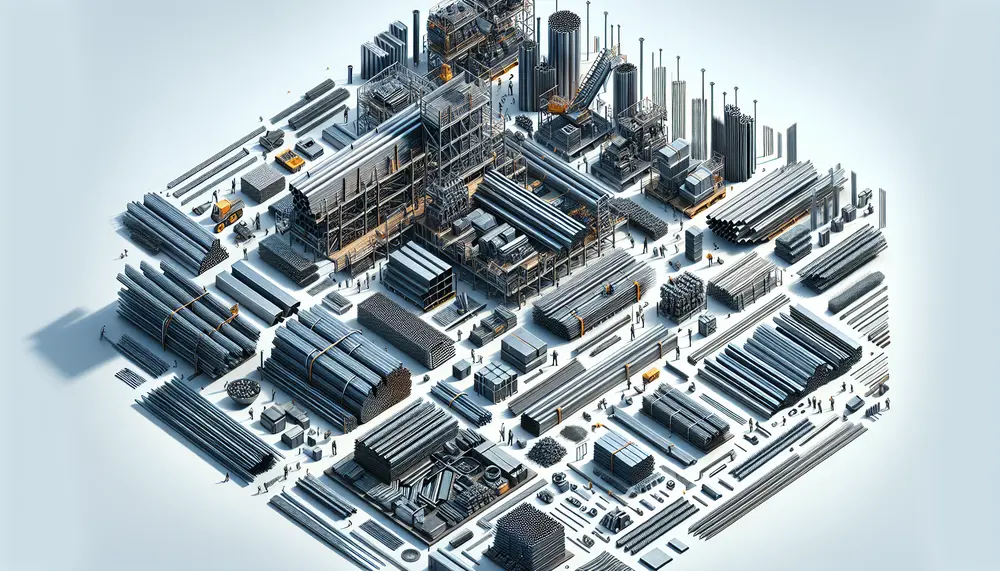
The surge in steel product demand is driven by global economic growth, urbanization in emerging economies, sustainable construction practices, renewable energy projects, and technological advancements. Key factors include infrastructure investment, advanced steel grades for sustainability, developed countries' infrastructure renewal, and...
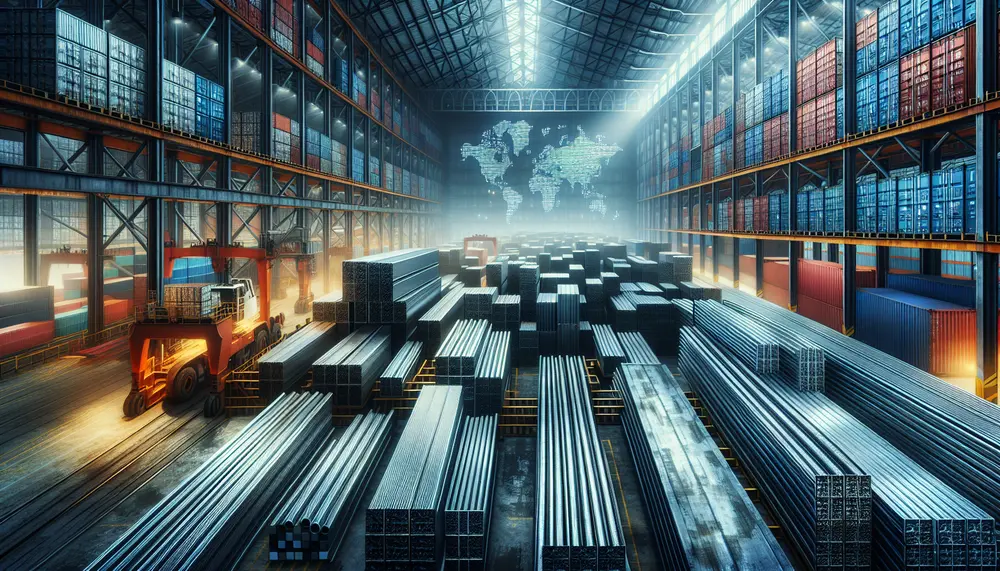
The global demand for steel is driven by its critical role in various industries, reflecting a trend towards modernization and economic growth. Steel Products International serves this demand with high-quality manufacturing and customer-centric services, supplying diverse sectors from automotive to...
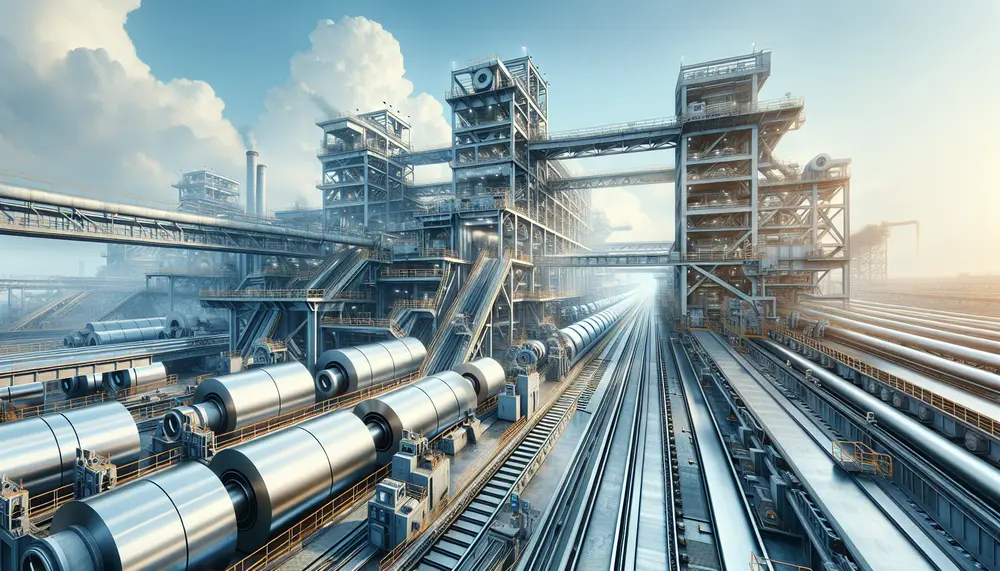
The steel production outlook for 2023 and beyond is influenced by economic, technological, environmental factors, and demand from construction and automotive sectors. Innovation in sustainable practices and technology are key to the industry's future competitiveness and alignment with global sustainability...
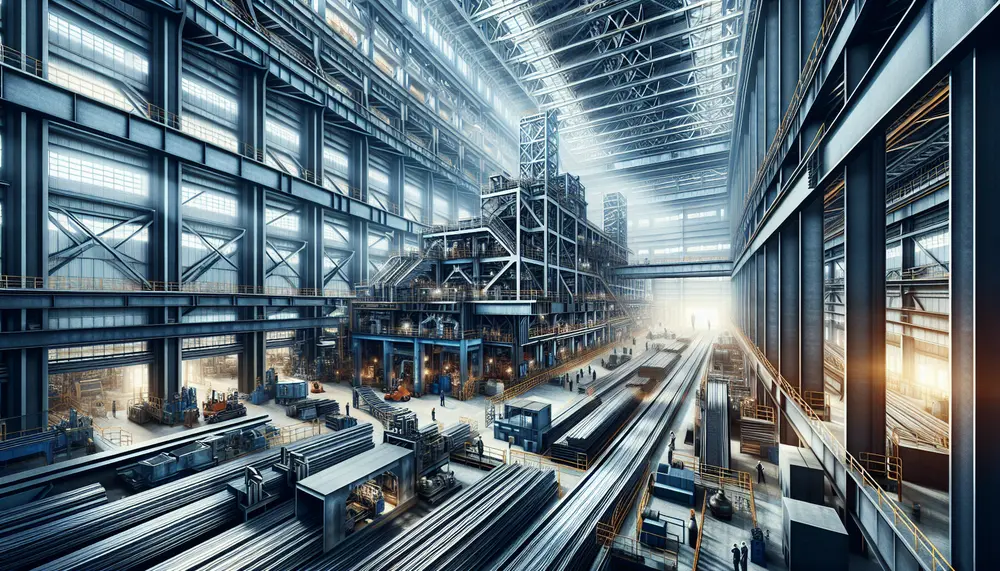
Vietnam's steel production industry is experiencing a resurgence, driven by significant investment in infrastructure and technology to meet both domestic demand and expand exports. The sector's growth reflects Vietnam's economic transformation, strategic vision for global market presence, commitment to sustainable...
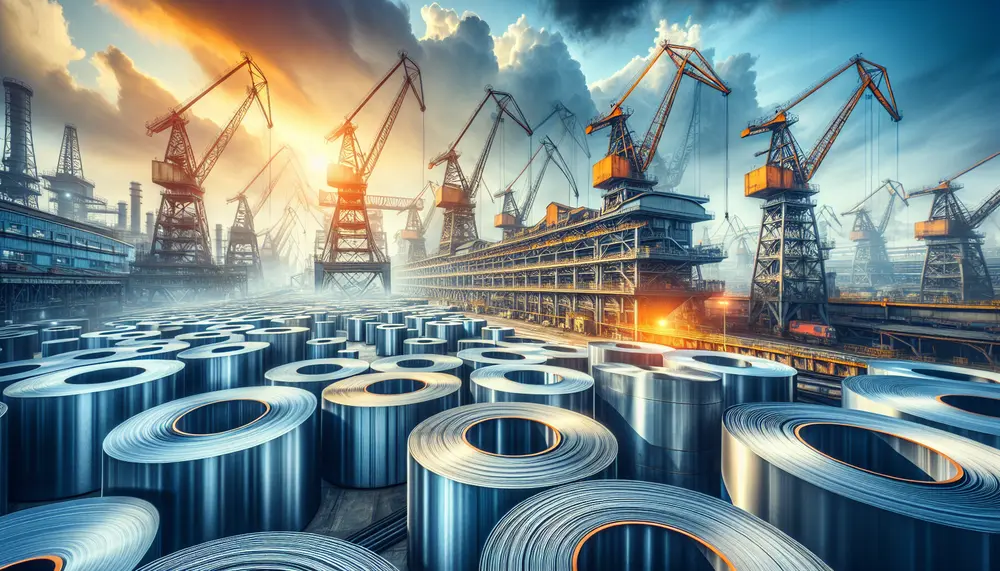
Forecasting steel production is crucial for planning in industries and governments, involving analysis of economic indicators, market trends, and geopolitical factors to predict future output. Accurate forecasts are vital as they inform decision-making processes across various sectors by anticipating supply-demand...

